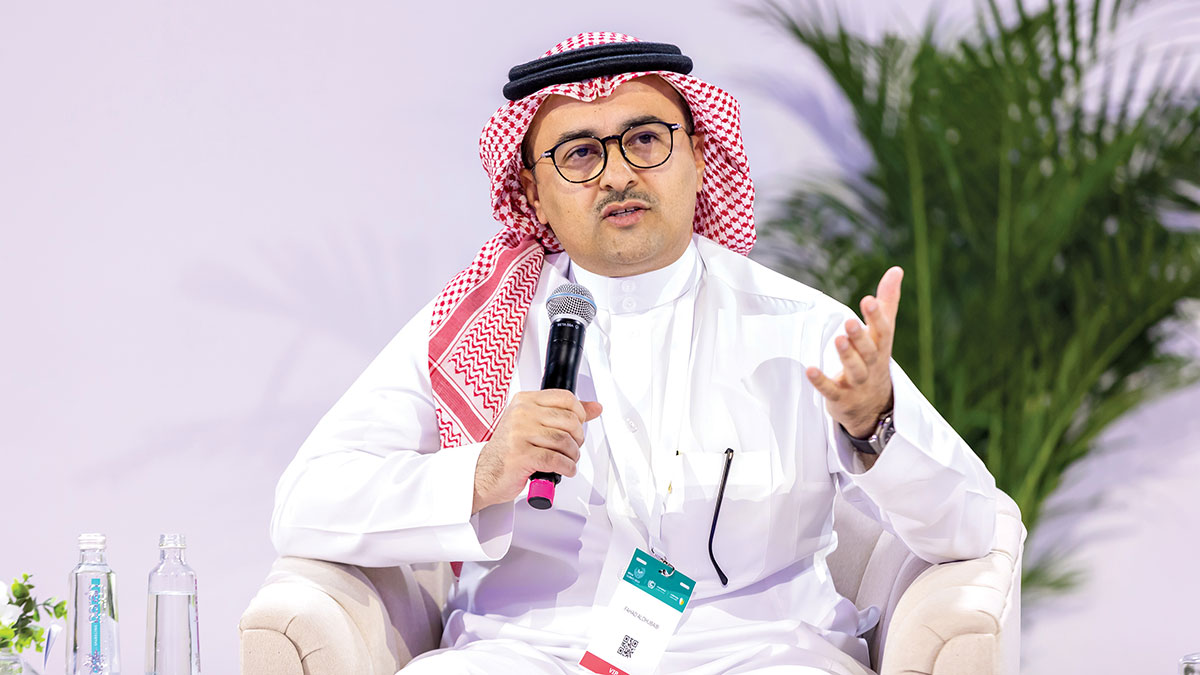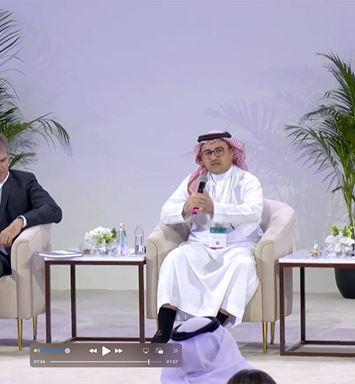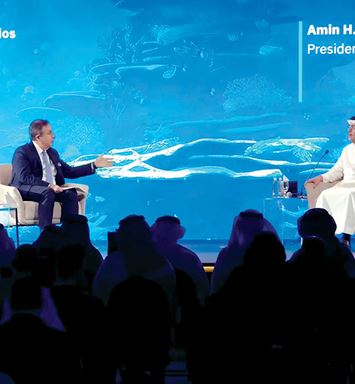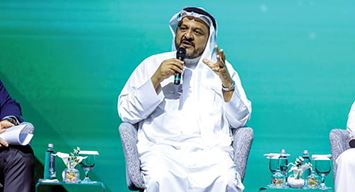MENA Climate Week
CCUS requires scale and infrastructure

Global October 18, 2023 - By
Fahad K. Al Dhubaib calls for collaboration to drive the technology forward.
Carbon capture, utilization, and storage (CCUS) is a “unique technology” that could play a role in helping to reduce global carbon dioxide (CO2) emissions, an Aramco executive told a major climate conference.
Fahad K. Al Dhubaib, senior vice president of Strategy and Market Analysis, made the comments during a panel session entitled “Unlocking CCUS Potential” at the Middle East and North Africa Climate Week (MENACW) conference in Riyadh.
Al Dhubaib was joined on the panel by Jarad Daniels, CEO of the Global CCS Institute, and Oliver Pfann, senior vice president EMEA at Linde.
CCUS’s role
Speaking about the role CCUS could have, Al Dhubaib said: “More than any time before, we’re seeing multiple potential pathways to a sustainable future.” He explained that CCUS is a technology that could be used as we continue efforts to reduce greenhouse gas emissions in the energy mix and in support of the circular carbon economy.
The technology helps to remove CO2 from the atmosphere. It can help to reduce emissions from hard-to-abate sectors, help to achieve a successful energy transition, and to make progress with decarbonization ambitions. Given Aramco’s extensive experience in capturing gas and managing pipelines and the subsurface, the company is well placed to leverage knowledge for CCUS projects.
However, CCUS still needs more global investment before it becomes a major player in the climate solution. It is an expensive technology due to costs associated with its infrastructure and operations.
Al Dhubaib said that “the name of the game” is scale and infrastructure synergies.
He added that robust CCUS infrastructure, which would include pipelines, compression facilities, and transportation networks, should be designed with scalability in mind for future growth.
Jubail hub
In November 2022, Aramco signed a joint development agreement with SLB and Linde to build a CCUS hub in the Jubail industrial zone in the Eastern Province of Saudi Arabia. This project will be one of the largest CCUS hubs globally, and plans to capture up to 9 million metric tons per annum (MMtpa) of CO2 per year from 2027 onwards, contributing to the Kingdom’s goal of 44 MMpta by 2035.
The Jubail hub is just the first phase in Aramco’s ambitious CCUS plan, with the goal being that several different projects could contribute to CO2 capture by 2035. Aramco is also collaborating with Siemens Energy to develop a direct air capture project in Dhahran, for example, intended to pave the way for a larger pilot plant.
Al Dhubaib believes that “this is a pivotal moment in the industry, in the Kingdom, and the region as a whole.”
Collaboration
However, to continue driving advancements in the technology, while also reducing its costs, Al Dhubaib called for greater collaboration.
He said: “In the infancy of any industry, you need everyone sitting at the table, discussing and sharing their efforts. The Ministry of Energy has been a catalyst for the CCUS discussion and ambition within the Kingdom.” Al Dhubaib added that Aramco is a key partner supporting this ambition.
The energy system is complex and large, and collaboration is essential, meaning that strategists should be open minded to ensure capital is effectively deployed.
Caption for top photo: Fahad K. Al Dhubaib at the Middle East North Africa Climate Week forum in Riyadh.






